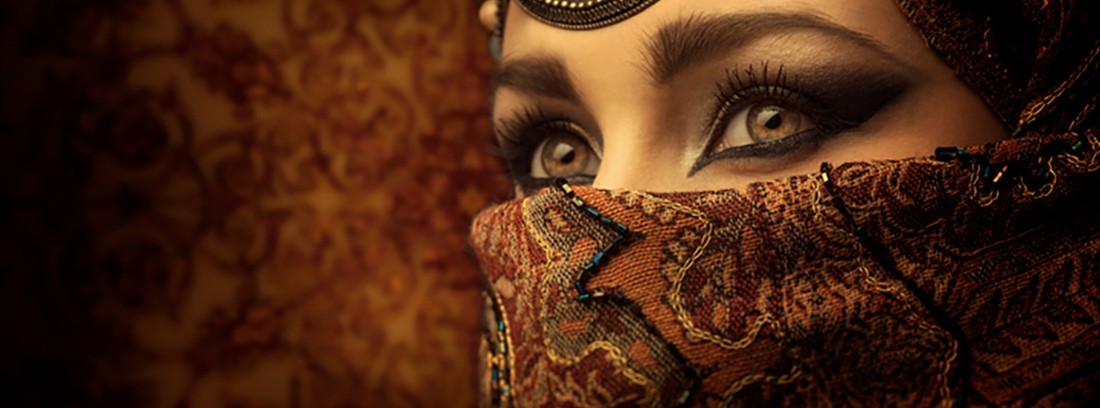Cosmetics and mummification in Egypt
 | In the second installment of curiosities about medicine,
| In the second installment of curiosities about medicine,
We are going to delve into the fascinating world of mummies and their counterpoint, cosmetics. We have heard a lot about the famous Cleopatra, dipped in donkey's milk to tone her skin, but we have to bear in mind that the writings about her were not beyond her control ... well, not even Cleopatra was as beautiful as her contemporaries said, nor, surely, her skin so smooth.
If it is true that the Egyptian world was characterized by its ornamental richness, we cannot ignore the mastabas, hypogea and pyramids that great pharaohs sponsor for their burial and that covered everything in a luxurious court and sumptuous colors, which would lead to great sophistication. as for cosmetic measures used by these inhabitants of the banks of the Nile.
All Egyptians, regardless of their class and social stratum, used makeup, especially their eyes, whose shapes and textures will change according to the time. They contributed to rituals designed to preserve the gods from death and resurrect them. The traces of makeup found so far reveal the presence of some elements that are not found in their natural state, which suggests that they were already capable of manufacturing synthetic products that seek, in addition to aesthetics, a therapeutic function; numerous medical papyri of the time speak of the presence of recipes that were used to protect the eyes from the harsh weather of ancient Egypt.
It is curious to note that modern cosmetics contain the same doses of fats (although currently they are vegetable) as Egyptian makeup. The powders in the jars found could be matt or iridescent.
Since the beginning of the Old Kingdom, makeup was part of the list of funeral offerings. The green make-up of the eyes is replaced towards the V Dynasty by black. It is precisely this black eye that we find in numerous sarcophagi and symbolizes integrity.
Although green and black make-up predominate, there was a range of varied pigments. For their journey to the afterlife, the Egyptians took their makeup palette, their dressing case and all the raw materials necessary for their manufacture. The case contained: mirrors, combs, stilettos, brushes, hairpins ... even remains of what today would be our current sponge for skin makeup have been found. These cosmetics were kept in hard stone jars, some were closed with a linen lid or with a fabric stopper. Bone and ivory tubes (similar to current eyeliners), chests with multiple compartments decorated with plant and animal motifs made up a whole tool intended for a very important part of the public and funerary nature of the Egyptians ...
And since we are in funeral matters…. let's see the steps that were followed for mummification.
The ancient Egyptians believed that the soul of the deceased traveled to the afterlife. The embalming process was different depending on the social class to which one belonged. The most expensive consisted of extracting the brain through the nose, the viscera through the left side (through an incision) that were placed in the canopic vessels, after this the skin was dried for 40/60 days, the time equivalent to the duration it took for the star Sirius to rise over the horizon again. After this drying, they washed the body and rubbed it with special oils and then filled the body with sawdust, flax and sand. They wrapped the body with 147 meters of linen bandages smeared with special material to glue and stiffen the cloth.
To finish the process, they opened the mouth of the soul so that it could digest the specific food for the trip.
As a curiosity we have the well-known mummy of Ramses II that stands out for the absence of his virile member, a curious fact in a pharaoh who had no more and no less than 152 children….
The art of mummification survived until the time when Emperor Theodosius (392 AD) forbade it.
In an upcoming installment we will talk about medicine proper in the fascinating Egyptian world.
(Updated at Apr 14 / 2024)